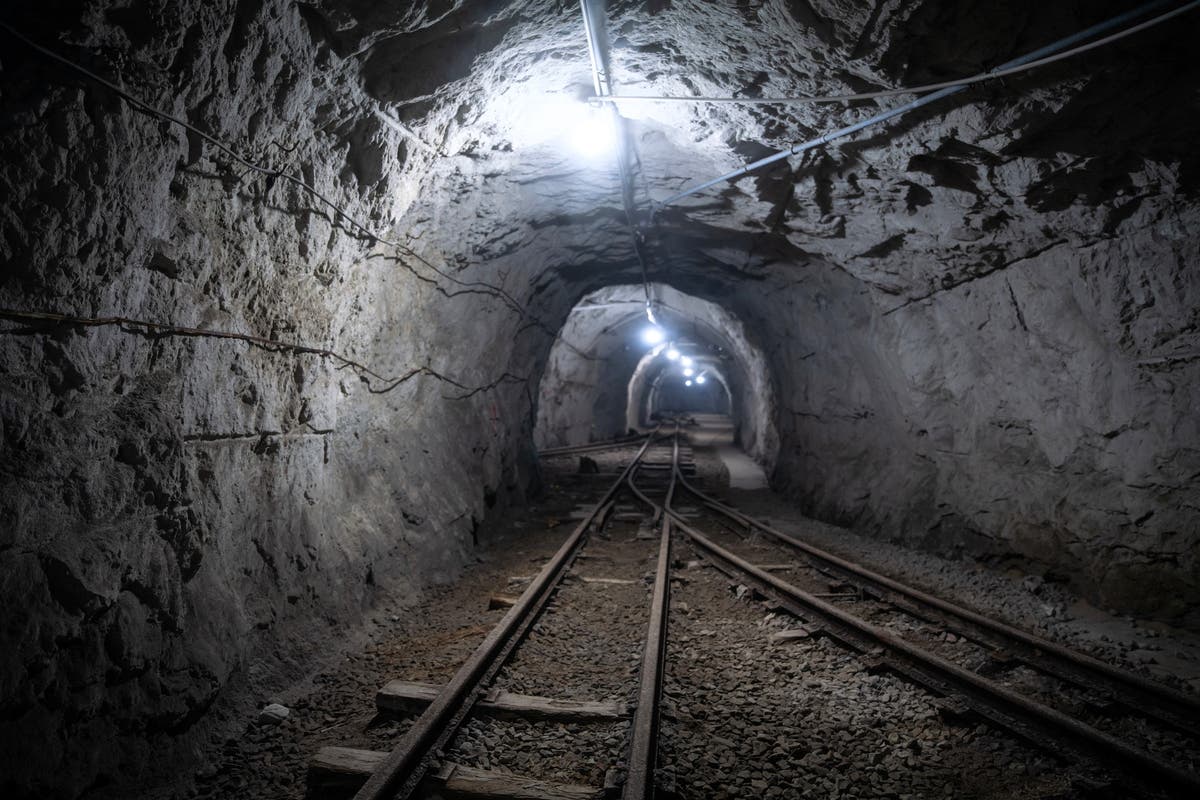An abandoned mine in Finland is set to be transformed into a giant battery to store renewable energy during periods of excess production.
The Pyhäsalmi Mine, roughly 450 kilometres north of Helsinki, is Europe’s deepest zinc and copper mine and holds the potential to store up to 2 MW of energy within its 1,400-metre-deep shafts.
The disused mine will be fitted with a gravity battery, which uses excess energy from renewable sources like solar and wind in order to lift a heavy weight. During periods of low production, the weight is released and used to power a turbine as it drops.



2MW is a measure of power, not energy.
Time for something to free fall 1.4km is about 17s, so the minimum capacity is 34MJ or 9.4kWh in order to make their statements true. $1.50 in electricity.
The weight doesn’t have to “free fall” for this to work. It could be a huge boulder that’s lifted a few centimeters per hour. And then it can be dropped a few centimeters per hour when needed.
Run the numbers.
How heavy a boulder? 10,000kg?
Potential energy is mass x height, so 10,000kg x 1,400m which is 14MJ of energy. Sounds like a lot, right?
One Joule is a watt flowing for a second and 1,000 watts flowing for 3,600 seconds is 1kWh. 3,600,000 Joules or 3.6MJ. So our 10 ton rock up a 1.4km shaft only stores 4kWhs? 60¢ of electricity?
Everything is linear here, so even having a 100 ton rock will only get us to half a EV battery.
Edit: if you’re wondering where the other 90 cents went, this example won’t produce two megawatts. It would only produce about 700 kilowatts.
It will be similar to a big pulley.
The weight will pull the turbine, the turbine will require a torque to generate current. This torque will act as an upwards force against gravity. This force will slow the fall of the weight significantly. The turbine ‘consuming’ the torque allows the weight to fall.
The higher the power output the faster it will fall. This will be adjustable. No power out = stationery. A small amount of power out, the descent speed will be tiny. A faster fall a higher power output.
This won’t be designed to fall at full speed. It’ll be designed for a long slow descent. The theoretical power will likely be much higher. It will be limited by the turbine and wiring capacity that’s rated at 2MW.
If your calculations are correct it will be able to generate $1.50 a second. It will also consume power that is below market price/free/paid to consume when it ‘charges’. It also provides the utility of stabilising the electrical grid against renewables. Increasing the capability of the grid to support more cheap renewable energy, without the lead time of nuclear or the pollution of biofuel.
How something be turning a huge ass generator (most likely) AND be in free fall…
I sincerely doubt this is accurate or why would they even bother.
All solid weight gravity batteries are a scam. The sound good enough to get grant money, but if you run the numbers, they are pitiful batteries.
To make it worth while you need literal lakes of water.